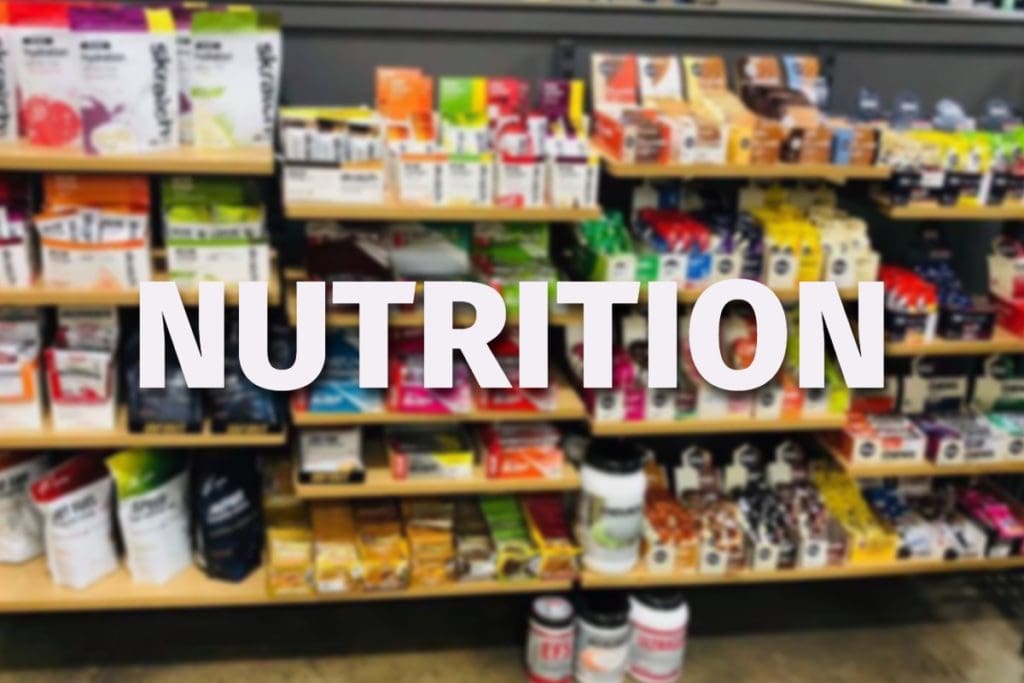Tips to Capitalise on a Sports Nutrition Boom

Newcastle, NSW
An elite athlete, a recreational fitness enthusiast and a wellness convert walk into a bike shop and make a beeline for the sports drinks and gels display.
The athlete picks up a gel and asks “will this make me faster”, the fitness enthusiast selects a sports drink and enquires “how does this taste?” and the wellness convert picks up an energy bar and asks “does this contain animal products and how will it impact on my gut health?”
And the bike shop owner says …
Okay, there’s no side-splitting punchline to this facade of a joke. However, the insights below on the changing market for sports nutrition could bring a smile or two.
The global sports nutrition industry is looking very healthy, with sales levels in many parts of the world tipped to experience a compound annual growth rate (CAGR) of around 10% annually up to 2026.
Part of that growth is driven by steady trends in consumer habits: burgeoning numbers of people choosing endurance sports without the rigid schedules of team sport and mounting recognition of the short and long-term benefits of being active and healthy.
Between 2016 and 2020, the sports nutrition market grew at 7.4% CAGR and an acceleration of that trend is tipped to push the global market beyond US$90 billion (A$126 billion) by the end of 2022.
That’s despite a COVID glitch when the sports nutrition industry certainly wasn’t immune from the impacts of coronavirus. Sales fell markedly during the early stages of the pandemic, as sports and fitness facilities shut down, sporting competitions were suspended and people retreated to their homes.
But as the market bounced back, many emerging side-effects of the pandemic are actually contributing to even healthier sales projections for the sports nutrition industry.
It has accelerated the convergence of elite and recreational ‘sporty types’ with the growing legion of people who are simply looking to be healthy in body and mind.
Add the COVID-induced reappraisals of ‘what’s really important in life’ and it’s all adding up to a much broader and escalating demand for sports nutrition products.
The Enso Sports product manager for Maurten drinks and gels, Ben Toomey, believes medium-term annual growth for the sports nutrition market is likely to exceed 10% in Australia.
“The way participation rates in endurance sports are going on the back of COVID, I think market growth could be more like 20 to 30%,” he says.
“Part of that prediction is gut feeling but there’s plenty of evidence to support it.
“I’m talking to event organisers who are experiencing incredible growth in participation levels. Sports shoe sales and bike sales are headed much the same way.”
He said the “huge opportunities in the category” were also driven by ongoing changes in consumer behaviour.
“Many people used to regard sports nutrition as a race-day treat. Now they’re more educated about training their gut and bodies to get used to sports nutrition and high carbohydrate levels, so they’re using them regularly in training as well,” he said.
Three tips for selling sports nutrition
So how can retailers capitalise on those opportunities?
Ben has three tips for bike stores to maximise sports nutrition sales.
Tip 1: Realise the potential for sports nutrition products to foster frequent return visitors.
“Sports drinks and gels are the type of product that can bring customers back to the store every month or even once a fortnight.” Ben says.
“They might only spend $20 or $30 on some visits but you get a few customers doing that and it quickly adds up. And each time they come in is another chance to build a relationship with that customer.
“It’s a great time to sow the seeds about updates in nutrition, new colours in garments or even a new bike purchase.
“Sports drinks and gels are a relatively non-intimidating purchase for someone who might not regard themselves as ‘a real cyclist’ because they might only ride once a week. But after a few visits to stock up on gels, they can become more comfortable to talk about other purchases, like new wheels or garments.”
“In general, customers prepared to spend $50 a month on a box of gels are likely to be good-spending customers on other products. They’re also likely to be shoppers who will talk to others about their purchases and do the selling for you.”
Tip 2: Give sports nutrition displays the prominence and space to sell themselves and tell their story.
“How nutrition products are displayed varies greatly from shop to shop. Some do it very well and position them near the counter, while others still stick them in the corner or on a shelf up the back,” Ben remarked.
Making them prominent maximises the possibility of making that first sale to a regular nutrition buyer and starting that relationship.
He said keeping them near the counter capitalises on the fact sports drinks, gels and bars are a good impulse purchase.
Having them at the counter also increases the opportunity for relationship-building conversations while the customer makes their selection.
Tip 3: Don’t just stock one brand.
Every consumer has preferences and a selection of brands enables the buyer to feel like they’re exercising their right of choice.
